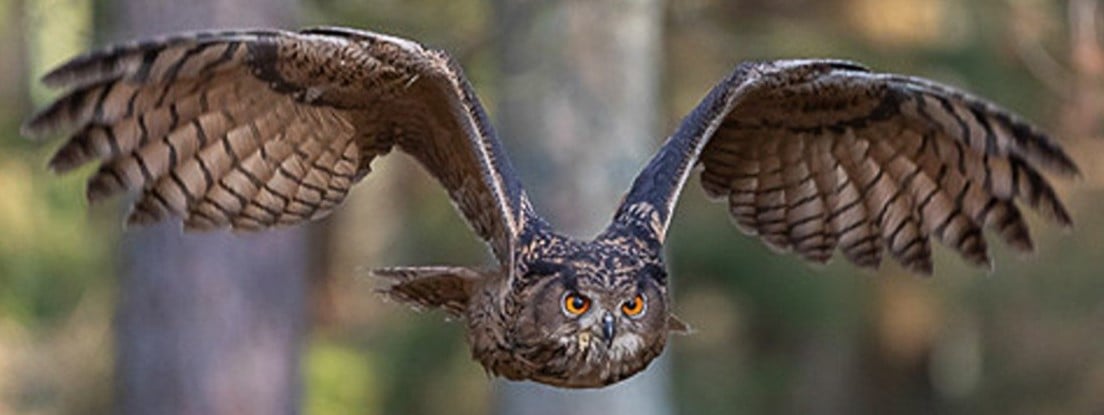From the Santa Barbara Independent
A tiny owl stranded at sea surprised a local crew boat on the morning of October 6. The boat, which was shuttling workers from the Goleta Pier to Platform Holly, found the western burrowing owl floating in the ocean two miles offshore.
The crew, captains Daniel Madison, Amor Cueva, and Jerry Gereminanao and engineer, Eric Benavidez, of SoCal Ship Services, were heading to the site of Holly’s ongoing decommissioning project. But they stopped to help the little bird — an important member of a declining native species.
“We often see different seabirds who need assistance, but we have never seen an owl in the water,” Captain Madison shared.
After bringing the boat alongside the owl, the crew scooped the bird out of the water using a bucket. It was cold, exhausted, and barely moving, so the crew wrapped it up in towels and let it hang out in the engine room to keep it safe and dry until they could get it to land.
Later, when the boat returned to the Goleta Pier, Angela Rauhut, a volunteer and rescuer with the Santa Barbara Wildlife Care Network (SBWCN), was waiting for them. She transported the bird to their wildlife hospital on Fairview Avenue, where it was taken immediately into care.
According to the SBWCN, burrowing owls may migrate across the Santa Barbara Channel, so this owl may have been heading to or from the Channel Islands or was diverted by coastal wind or fog. However, the exact circumstances of how it got in the water remain unknown.
These small, 7-10-inch owls prefer open areas like grasslands and deserts, nesting underground in burrows often made by other animals, the SBWCN said. They are certainly not cut out for life at sea.
The owl was in sorry shape when it arrived at the hospital. During its fight for survival in the Pacific Ocean, it got covered in oil, disabling its ability to fly and keep itself warm.
International Bird Rescue Hospital staff diagnosed it with minor oil contamination on its wings and chin, and moderate dehydration. The bird also had swelling in its left leg and a small laceration on its tongue, likely from biting itself during the stressful transport, according to the SBWCN.
In Santa Barbara, the owl was stabilized, fed, and treated to the best of SBWCN’s ability, before being transferred to the specialized hands of their partner organization, the International Bird Rescue, in San Pedro on October 8. Once stabilized, caretakers treated the bird to break down the oil and washed it using dish soap.
The washing process, led by Wildlife Rehabilitation Technician Jeanette Bates and Wildlife Rehabilitation Intern Roaa Abdalla, required extra care and a light sedation. It took 30 minutes of gentle, meticulous cleaning to remove all the oil.
After receiving a top-notch wash and dry from the Bird Rescue, it was transferred back to the SBWCN, where it continued to regain strength and flight stamina while housed in an aviary.
Over the next few days, the owl’s condition fluctuated, the SBWCN said in a press release.“By October 19, the owl’s weight had stabilized at 140 grams, and its feather quality was good, with only minor scabbing on its wings,” it continued.
The owl was still mildly dehydrated after 16 days in care, but was nearing a full recovery. Its leg and tongue eventually healed, with “only a broken tail feather” remaining “as a reminder of its ordeal,” the Care Network said.
This little bird is part of a larger story of conservation. Its species has declined dramatically across California, having been nearly wiped out from a third of its former range. The California Fish and Game Commission voted unanimously earlier this month to make the bird a candidate for protection under the Endangered Species Act, which will give it protection for the next 12-18 months while wildlife officials decide whether it deserves permanent status as a “threatened” or “endangered” species.
Among other threats such as cars and rodenticide, burrowing owls are losing space to nest and breed due to urban sprawl, agriculture, and clean energy projects and development, including solar farms. Environmental groups are pushing for more renewable energy, but conservationists want the birds’ precious breeding grounds — and their squatters’ rights in other critters’ burrows — to be protected.
For the formerly adrift owl, extra care and attention made the difference between life and death. “It was released to rejoin its migratory path on October 22,” the SBWCN said, “and is now living its best life back in the wild thanks to the work of this amazing community network that helps protect wildlife!”


Turns out owls are the red-string tying everything together! Of course that might be just another Conspiracy Theorowl.
When you get a movie deal for the Owlvinci Code, I want a writer's credit!
Done. Let me just contact Howlywood.